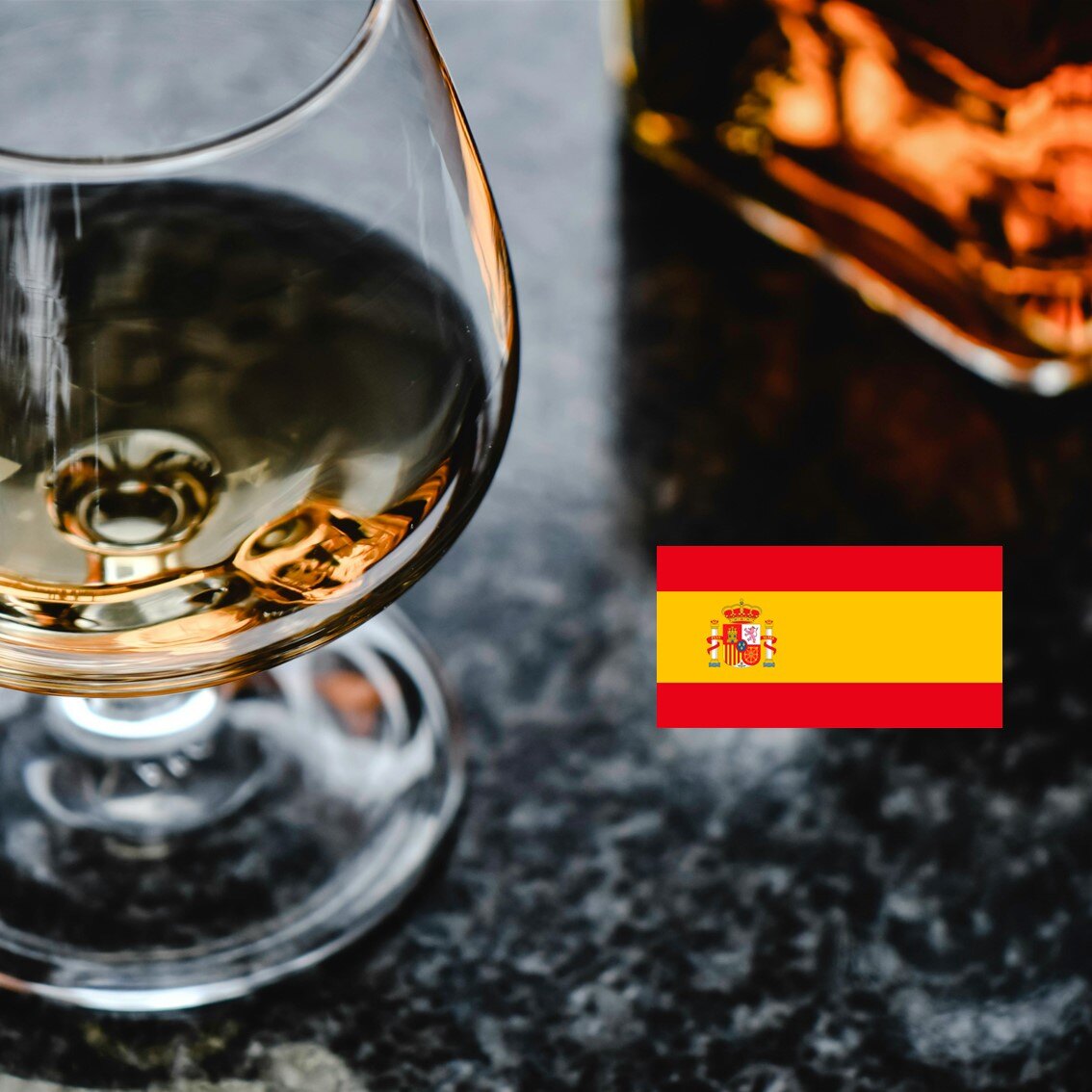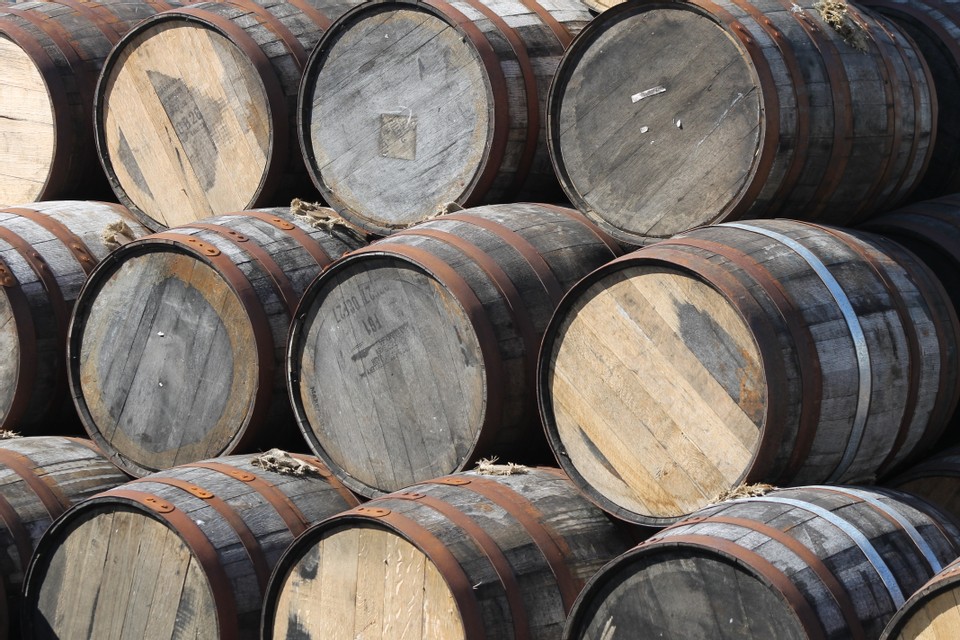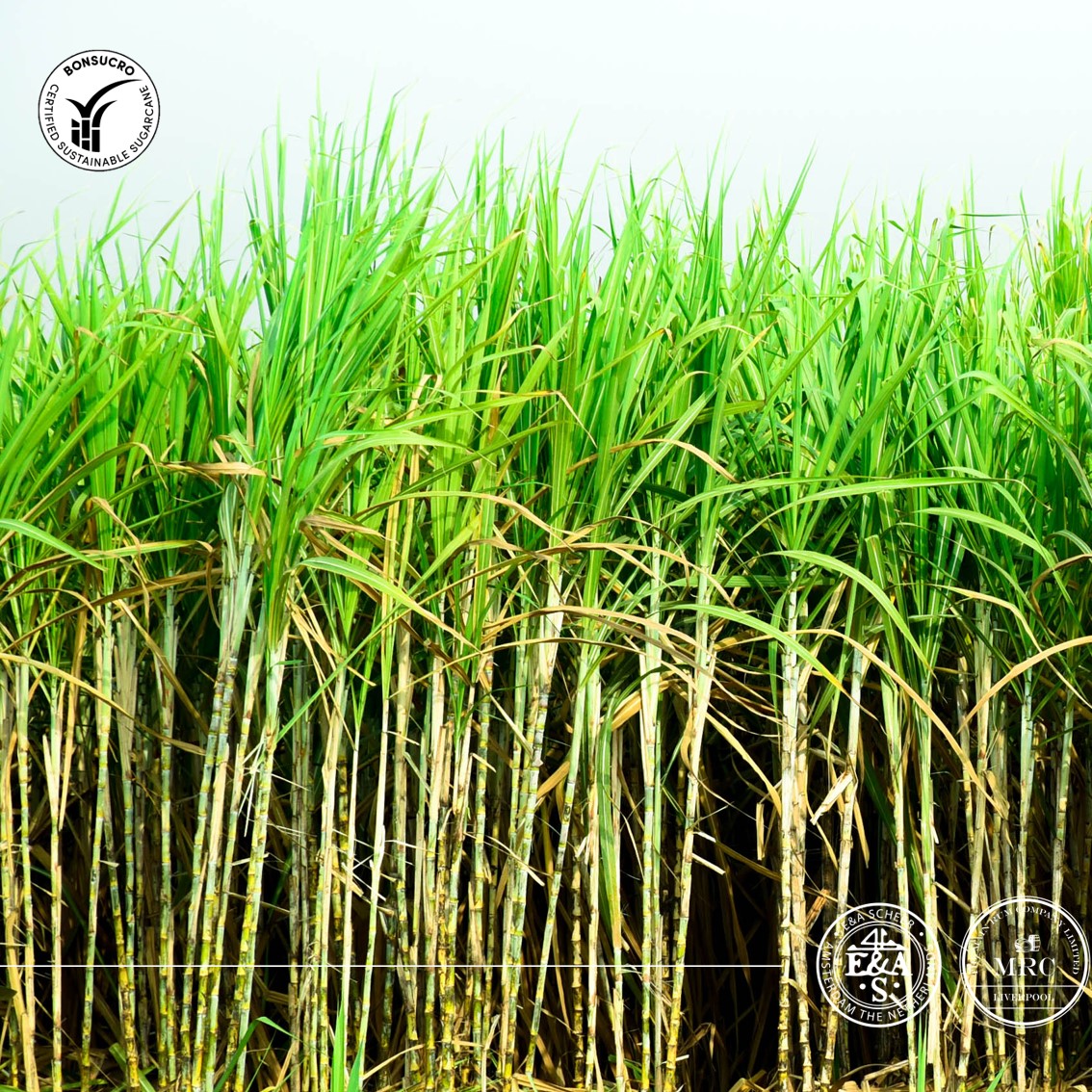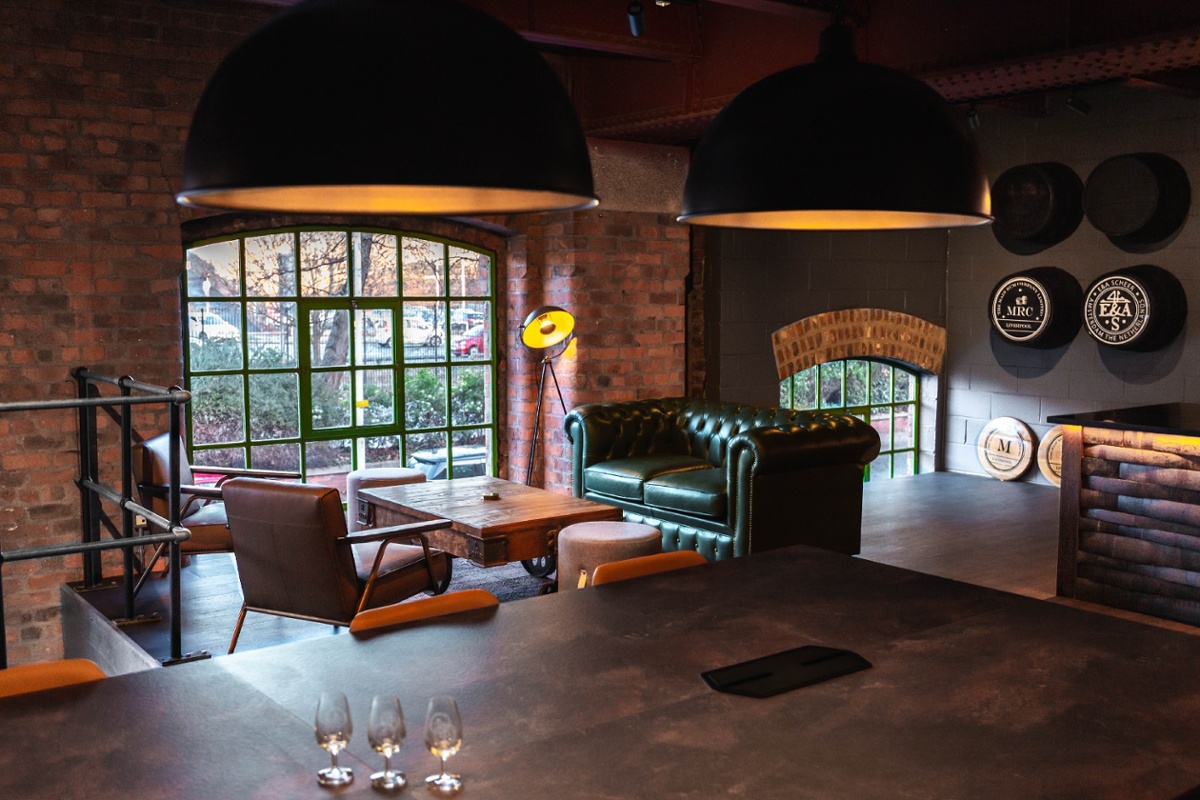All about Spanish-style Rum

All About Spanish-style Rum
Spanish-style Rum is a unique branch of the Rum family. Known as “Ron” in their home countries, these Rum types reflect the rich history of craftsmanship in spirits production across the world. In this article, we will explore the unique aspects that distinguishes Spanish-style Rum.
A legacy of craftsmanship
When discussing Spain and its drinking culture, names such as Sangria and Sherry often come to mind. However, Spain has also had a close connection to Rum throughout history. Spain’s relationship with Rum started when Christopher Columbus brought the sugarcane tree over to the Caribbean from the Canary Islands, and it has been an evolving relationship ever since. Nowadays, Rum is still produced and/or aged in southern Spain, in towns such as Motril and Jerez.
The Spanish empire initially treated Rum-making as a threat to their established sales of Spanish brandy and wine. It was not until after the Seven Year War, in the late 18th century, that Spain saw Rum export as beneficial and began to loosen its grip on the craft. By the late 19th century, the former Spanish colonies (Venezuela, the Dominican Republic, and more) embraced column stills in Rum production to replace pot stills. This shift gave rise to Spanish-style Rum, which was deeply entwined with the cultural heritage of Latin America and South America, owing to their historical ties with Spain.
Spanish Rum’s unique identity
While the production method for Spanish Style Rum remains largely the same as that of other Rum, there are some distinctive technical differences. Most distilleries use molasses and cultured yeasts as the base ingredient to create Spanish Rum. The molasses is typically left to be fermented for up to 2 days, although some producers can extend this process. Other bases, such as sugarcane juice or sugarcane honey, have also been used to create Spanish-style Rum.
Sugarcane honey
Although molasses is widely used for fermentation, certain Spanish heritage producers opt for “sugarcane honey” as an alternative. Despite its name, sugarcane honey is not created by the “sugarcane bee”. Instead, it is derived from cane juice, with most of its water removed, leaving behind a liquid containing concentrated sugar. In Spanish, this sweet, concentrated cane juice is called "miel”.
Multicolumn stills and high-ABV Rum
The multicolumn still dominates the production of Spanish heritage Rum. The distillate from these stills often reaches ABV levels just below 96% and tends to have low levels of esters and other congeners. This gives Spanish-style Rum the light and floral flavour often described by drinkers.
Ageing
Spanish-style Rums are usually aged in oak barrels, which can include used bourbon barrels or other types of oak casks. The ageing process mellows the spirit and allows it to develop complex flavours. Some Spanish-style Rums also use the solera system, a method of ageing and blending Rums deriving from the Sherry industry that ensures consistency and complexity over time.
Carbon filtration during ageing
Certain Rum producers employ a unique process after ageing. After the fresh distillate has spent several years in the ageing casks, it may go through carbon filtration. Filtration is used to reduce the colour of the Rum caused by interactions with the casks.
Different types of Spanish-style Rums
Though the style came from Spain, Spanish-style Rum is often created in other Spanish-speaking regions of the world, such as Venezuela, the Dominican Republic, and Colombia. This creates a wealth of diversity when we think about Spanish-style Rum, as different regions have their own traditions. For example, producers can choose to age these Rums in the region they were created so the finished products embody characteristics of the unique tropical climate conditions, as well as the terroir. Some Spanish producers also import spirits from the Americas or the Caribbean and then age them in Spain. Alternatively, there is also Rum distilled in Spain, but these are not as well-known as their counterparts in the Caribbean and the Americas.
Aguardiente and Redestilado
Not all Spanish heritage Rum undergoes distillation to near neutrality. Some distilleries also produce a heavier Rum at around 75% ABV using a single or double-column still. These two types of distillates are given specific names: heavy Rum is typically called aguardiente, while the lighter, multicolumn Rum is usually referred to as redistilado or redestilado, meaning "redistilled."
As a result, most Spanish heritage Rums are blends of aguardiente and redestilado. The blending of light and heavy Rums may occur before or after ageing. For example, light and heavy Rums could be blended to create a medium-heavy Rum before being aged in casks.
Common elements of Spanish heritage Rum
Unlike certain Rums, such as unaged Rhum Agricole or Jamaican overproof Rum, Spanish heritage Rum tends to derive much of its flavour from ageing. Ageing gives Spanish Rums, which are initially light distillates, its characteristic rich flavour.
Moreover, these Rums owe their complexity to the multifaceted ageing techniques inspired by the Spanish sherry and brandy traditions. These techniques include ageing in various casks, re-oxygenating Rum between ageing stages, and blending Rums of different weights and ages.
Spanish-style Rum: Last thoughts
Spanish-style Rum embodies a rich tradition steeped in history, craftsmanship, and cultural exchange. Its enduring appeal and versatility fascinate enthusiasts worldwide, inviting exploration of its diverse legacy and nuanced flavours. At E&A Scheer, we can help you source and create unique Spanish-style Rum blends. Moreover, if you have an existing Rum blend, we can help you use your particular Rum style as an element in other formulations, blending it with a range of other Rum styles.








